|
2/29/2016 Pyramid PosePyramid Pose, also known as parsvottanasana, is a standing posture that actively lengthens the sides of the body from the armpits all the way down to the outer feet. It's English name comes from the shape the leg's create when the posture is seen from the side. This pose creates strength, stability and balance in the legs and incorporates elements of forward bending at the hip but requires length to remain in the spine. We will approach this posture with flowing pairs of movements to warm-up the large muscles and joints, then explore various versions of pyramid pose held with strength and ease.
0 Comments
2/22/2016 Upward Facing DogWhat is the difference between cobra pose or bhujangasana, and upward facing dog, or urdhva mukha svanasana? They are both prone back bends that utilize support from the arms to raise the torso away from the floor. They both use strong activation of the lower body in order to keep the lumbar spine lengthened. They also both require that the shoulders are grounded down the back so we do not inadvertently hand on these already overworked joints. This week we will explore this powerful spinal extension and ways to approach it to make the alignment seem second nature.
2/15/2016 Camel PoseCamel pose, or ustrasana, is a backbend where the arms reach back towards the bent legs. This posture is quite interesting in that it has various names, depending upon your relationship to gravity. When practiced from a supine position, it is bridge pose, or setu bandha, and the pelvis is lifted upwards, lengthening the lower spine and stretching the fronts of the thighs and hips. When practiced from a prone position, it is bow pose, or dhanurasana, and the hands grasp the front of the ankles as both the chest and knees lift away from the floor. In both of these positions, we must lift the body up against the pull of gravity. When practiced kneeling, it becomes camel pose, or ustrasana, and gravity draws us deeper into the posture, so we must use abdominal strength to resist, and work to open the chest to receive the respiration deepening effects of the posture, which often bring with them a sense of liveliness and joy.
|
Index:Archives:
September 2022
I attend Cheryl's class regularly and feel that my practice has improved immensely over the past few years due to her expert coaching. Her teaching style is clear and compassionate and her previous experience in teaching adults is evident in her organized approach and easy to understand instructions. I also appreciate that Cheryl not only teaches us about how to correctly position ourselves, but also touches on many aspects of yoga philosophy, which in turn has deepened my personal practice and heightened my awareness of the connection between mind and body, breath and relaxation. |


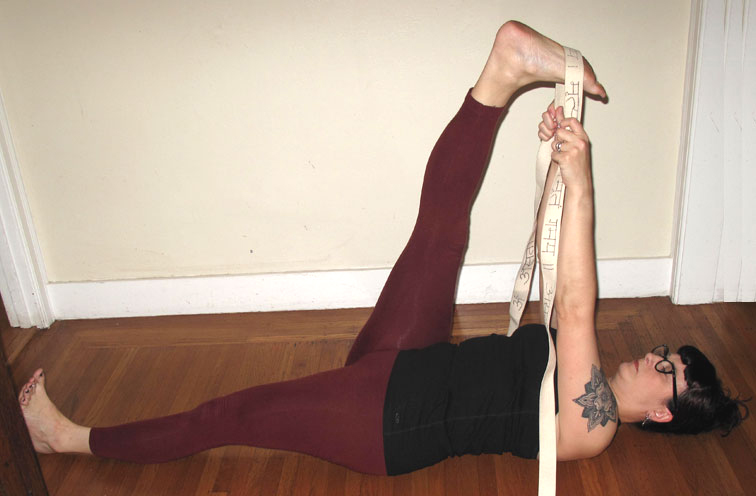
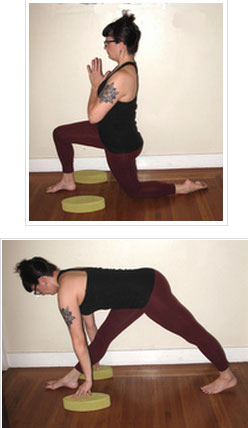

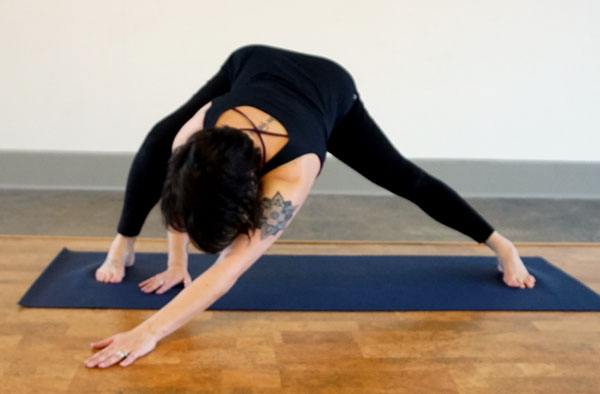
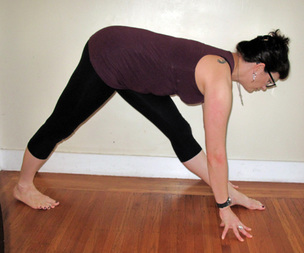


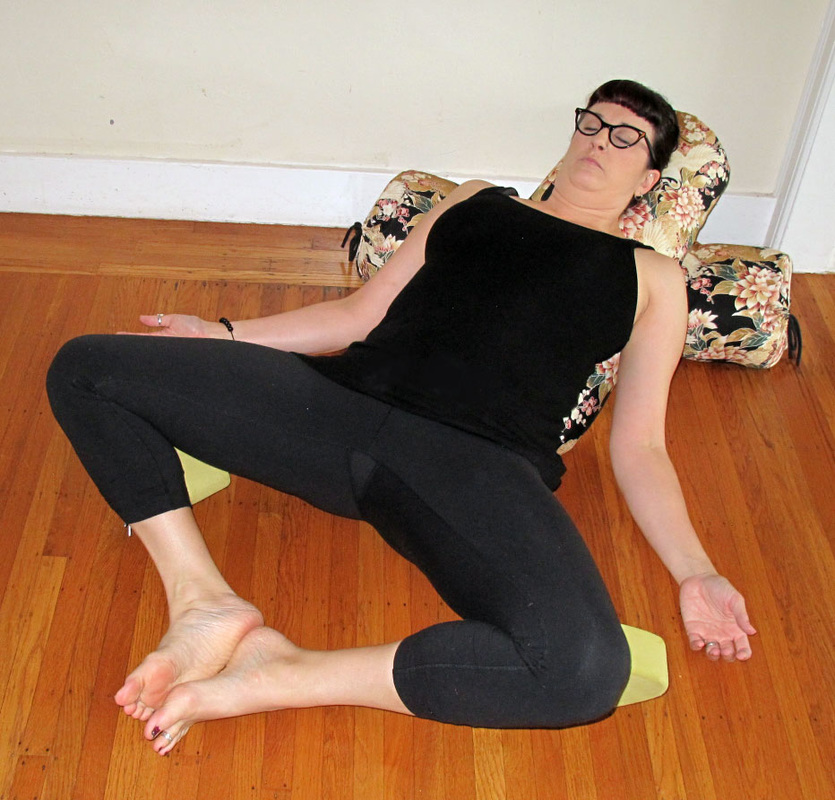
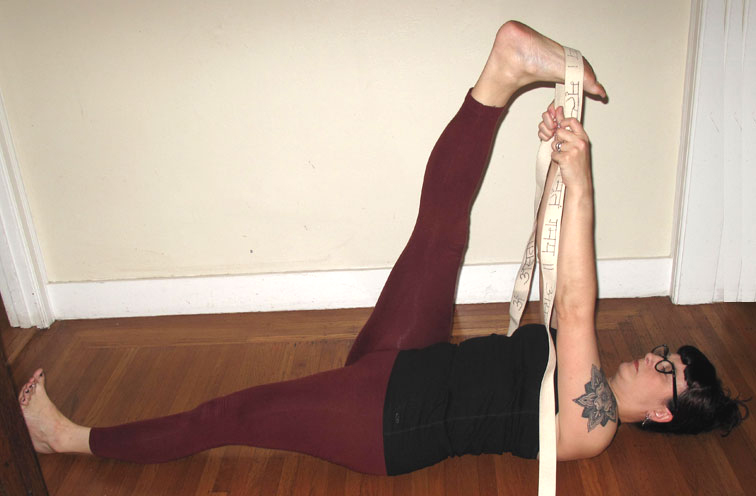
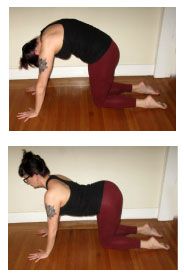



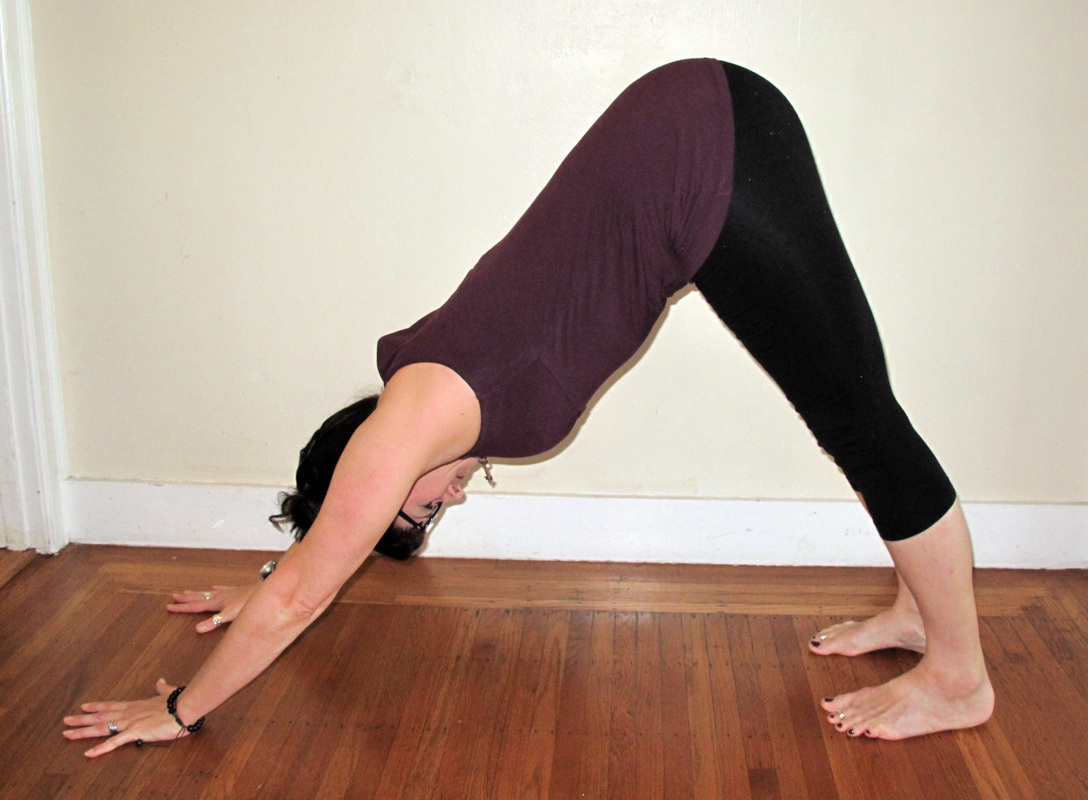
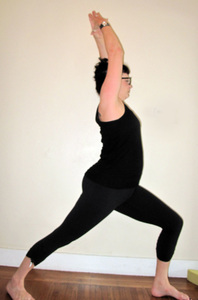



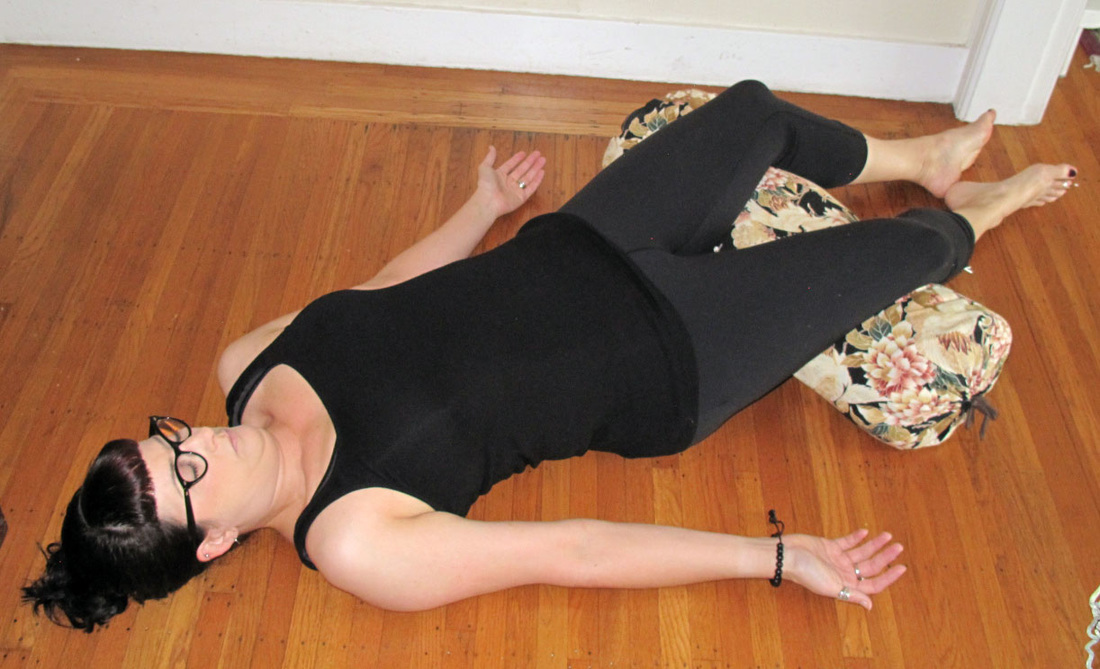
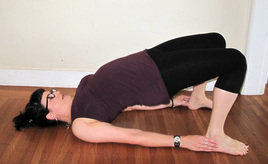
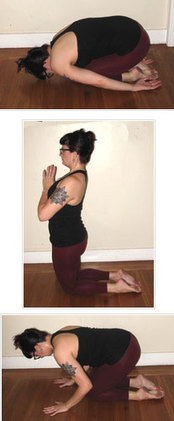
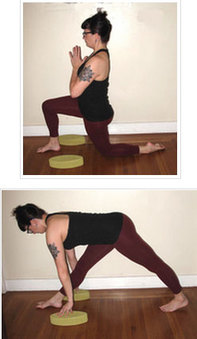
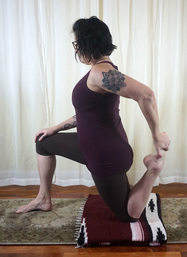




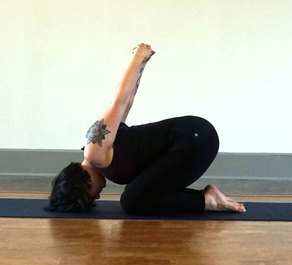

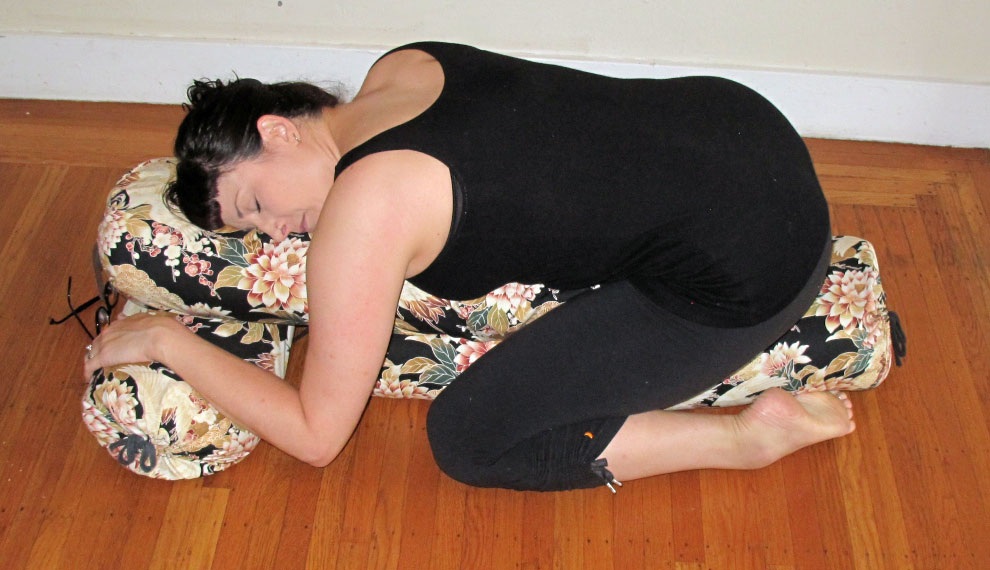
 RSS Feed
RSS Feed
